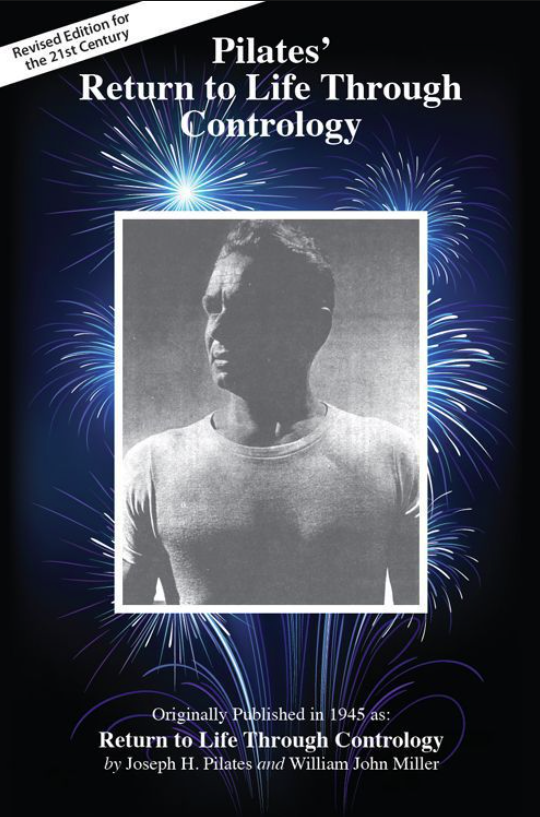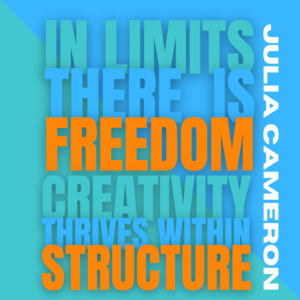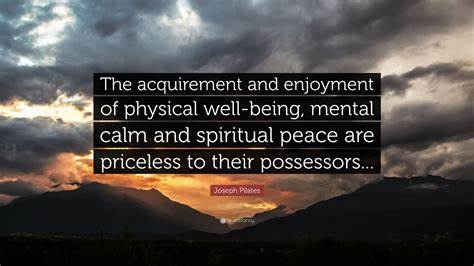How to Remember the Pilates Mat Order: The Background
Andrea Maida has written a wonderful blog post that inspired the one your reading here. Find her post here.
Skip the Background and go straight to the Exercise List:
Click the button to go straight to the exercises. To save space, I’ve separated the “background” from the “exercises”.
Pilates' Matwork Series
You might be surprised to learn that there IS an order to the Pilates’ Matwork.
IN the UK, especially, you can go to many different Mat Classes and each one is very different and so you should be forgiven for thinking that Pilates is either just exercise on a Mat or that there are “different kinds of Pilates”.
Similarly, a quick search on YouTube reveals hundreds and hundreds of different Pilates matwork exercises and exercise series.
It’s very confusing and can be difficult to know where to start.
So, what gives? What makes “Pilates” Pilates’ Matwork and not random exercises on a Mat?
The quick answer is that Pilates is the exercise method created by Joseph Pilates.
There is a type of Pilates that people call “Contemporary Pilates”. I know that I’m being literalist to say what I’m going to say. But it does make everything so much clearer and easier to understand: Joseph Pilates died in 1967 so “Contemporary Pilates” is a contradiction.
The claim that it has been updated taking into account modern discoveries in physiology and anatomy is largely bogus. It is though, a marketing technique that has proved to be very successful indeed.
Let’s have a look at some reasons that make Pilates’ Matwork a System or a Method and not “anything goes on a mat”.
The Clue is in the Name
“Pilates” is the name of the creator of the Pilates’ Method of Physical Fitness.
He called this system “contrology”. It’s a perfect name because it describes exactly what it does: it is a system that teaches us to be in control of our body rather than our body controlling us.
One big clue is in the punctuation: Pilates‘ Matwork. That tiny apostrophe shows possession. It is often omitted, but that possessive apostrophe does just that – it identifies possession and ownership.
In 1945, Joseph Pilates wrote a book “Return to Life Through Contrology”. It is a health “manifesto” and self help guide to the mat exercises.
Below you can see the easiest to find reprint by Presentation Dynamics – a quick search on Amazon will bring up lots of results.. It usually costs about £11.

So, we are learning a system of exercise created by one person: Joseph Pilates and he called it “Contrology”.
If you’re learning Pilates (Contrology), the exercises should be the ones that Joseph Pilates devised and perfected during the whole of a lifetime.
And Mr. Pilates gave those exercises a structure. They are specific exercises and in a specific order.
Like the Chinese proverb says: “you can’t call a deer a horse.”!
"You can't call a deer a horse"
Chinese Proverb
Why is having an order a good idea?
Here are some quick answers:
- Time efficiency. Once learned, you always know what’s coming next. That means you can power through it in as little 20 minutes!
- Honesty. It keeps you honest – you can’t skip what you don’t like.
- It’s minimalist: there’s no “fluff” – nothing is there by accident.
- It’s diagnostic: what you find the most inaccessible or that you like the least, are usually the exercises that you need the most.

Study carefully. Do not sacrifice knowledge to speed in building your solid exercise regime on the foundation of Contrology. Follow instructions exactly as indicated down to the very smallest detail. There IS a reason!
Joseph Pilates "Return to Life" (1945)
One thing you might ask is: “doesn’t it get boring, just doing the same thing again and again?”
Because you can’t just make it up as you go along, it adds an extra element to a workout.
You start asking questions like:
- “What IS the reason that this (the exercise or the order) is like it is? What was the intention?
- “why is this exercises here and not there?”
- “why must I slow down here for (whatever you have to slow down for)?”
- “what other exercises in the studio (on the Reformer, for example) reinforce what I’m learning here?”…
It wasn't created on a wet Sunday afternoon
Joe Pilates started to create his method as a child. This was the result of an incident of bullying in which he lost an eye at five years of age.
He claimed that he had finished creating it by 1910. He would have been 27 by then, so this is perfectly feasible.
The then spent the rest of his life researching anatomy & physiology and tirelessly perfecting the method. Nothing was left to chance nor any detail omitted. It wasn’t something he just came up with on a wet Sunday afternoon.
I believe that it is my duty as a teacher (of Pilates’ Contrology) to look at the evidence left and investigate the Pilates’ Method as fully as possible, by doing and thinking. If not, then, I wouldn’t be teaching “Pilates” – I’d be misrepresenting.
Often I like to compare this to an archaeologist reconstructing an ancient civilisation from clues left in the ground or an actor reconstructing a character from a script.
You don't change the exercise to suit the body, but it is the body that changes in response to the exercises.
Farah Latif
It is my belief that by using Joe’s set order of the exercises on both the Mat and the Reformer I can experience in 2013 the full genius of Joe Pilates who died in 1967.
So my workouts include a lot of asking questions – investigating internally what the previous exercises have provided (as well as those on refromer and other apparatus) to help me with a difficult exercise I must now tackle.
And on a good day, the light will dawn, a penny will drop and I’ll get a revelation that helps me understand yet more of this Method…
Caveats
When we you get to the Order of the Exercises in the next post, do remember that this is just one way of thinking about the order of the exercises. It’s just one way that I think about them, and it’s all my own deductive work.
This is not about who should be doing what exercises.
This full workout is very challenging. It is designed to be done by people that have learned the exercises with a highly trained teacher that has access to all the Pilates’ apparatus: Reformer, Barrels, Cadillac and Wunda Chair etc.
Some exercises are just not suitable for some people. Pilates is Pilates and physiotherapy is physiotherapy.
Contrology is not "medicine" or even "physical therapy'. (...) it's aim is not specifically corrective burt generally body-building and co-ordinating. Hence its users are not "patients" nor "treated". Each student is given as nearly as possible the same regimen and in kinds and amounts equal to his or her requirements under careful supervision."
Joseph Pilates: "The Pilates Pamphlet" 1957
A good way to think about the Matwork exercises is as a curriculum or syllabus that guides your learning…
If you want to learn the exercises from scratch, why not check out my 21 day Challenge: A New Pilates exercise a Day:
A bit more about words: rocking and rolling
There are just three types of Pilates exercises:
- Breathing
- Rolling and unrolling the spine
- Spinal stability
Rolling and unrolling the spine isn’t the same as rocking backwards and forwards.
Exercises that involve rocking require spinal stability – a non-moving spine.
That’s why I’ve used the word “rocking” do describe these exercises.
Get Started with "The Work"
Learn a New Exercise Everyday
... a 21 day challenge
(Once) kindergarten movements - the "multiplication tables of Contrology - learned, new evolutions are taught: first by example, then precept, then criticism, admonition, encouragement, the student progressing imperceptibly from elementary to higher (more complex, more difficult and combinations thereof) movements
Joseph Pilates (1957)















